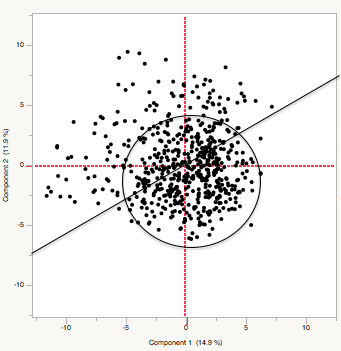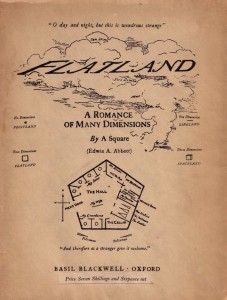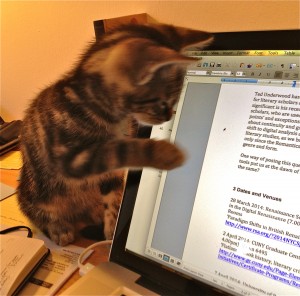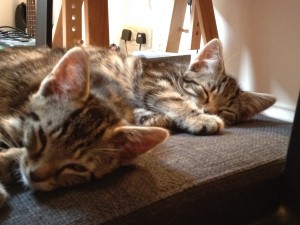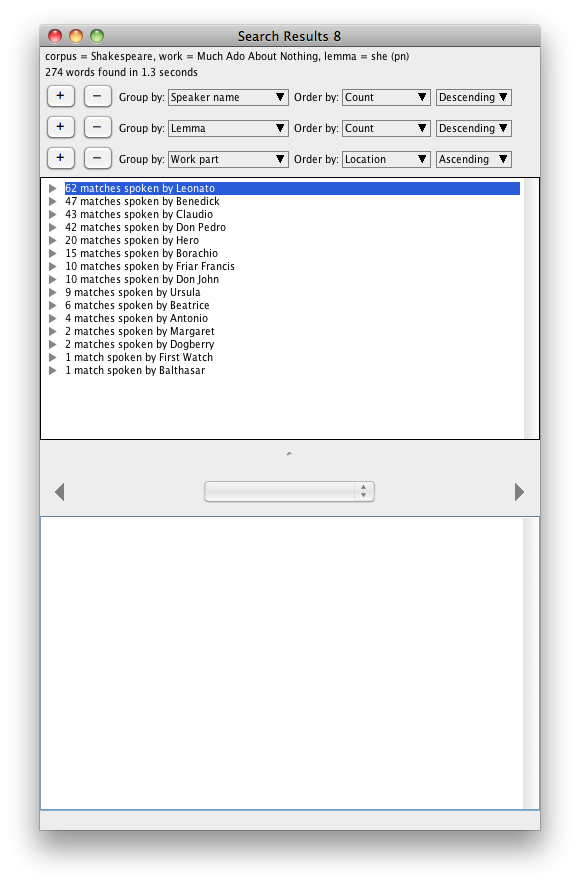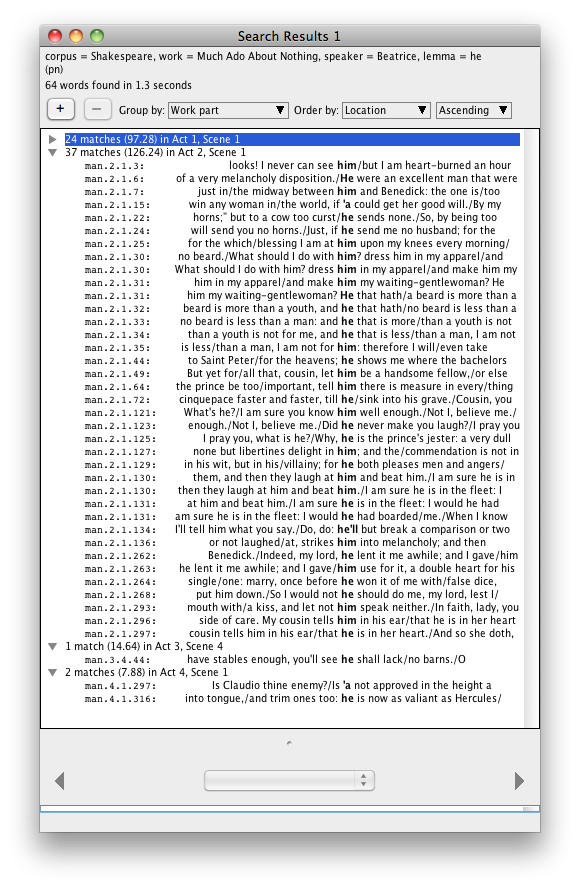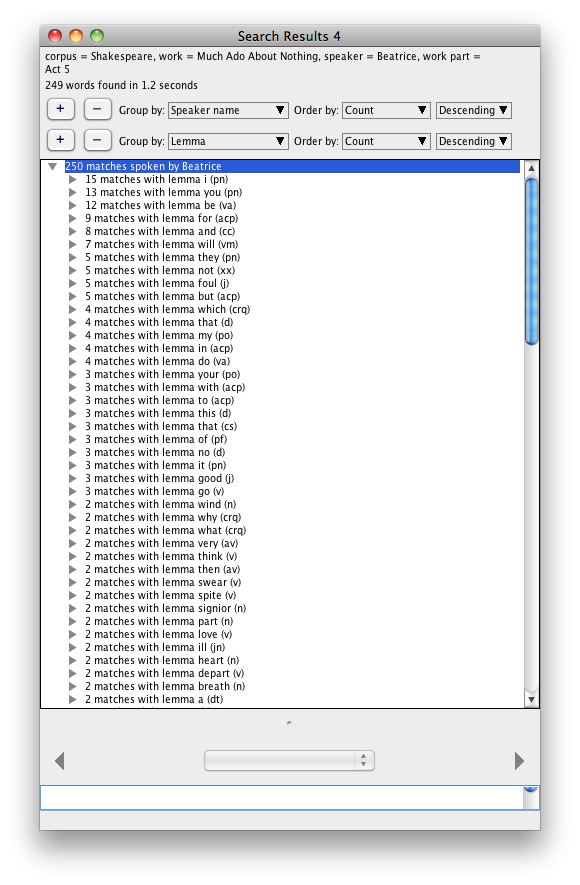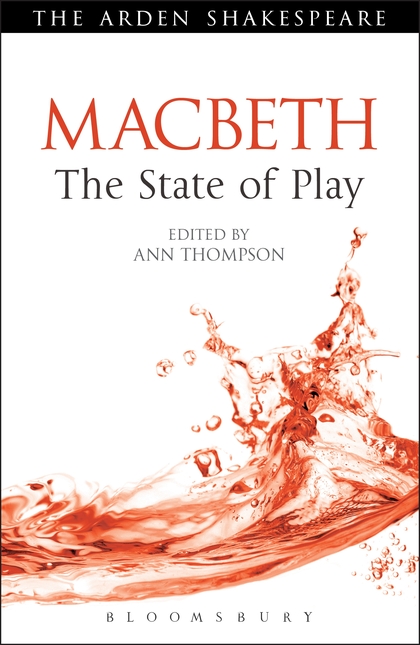On 2nd May 2014 I’m presenting at the second event in this series, entitled ‘Working with Data’. This post is intended mainly for those who come to the session as a record of links I’ll mention, and a resource for those starting out in text analysis. It may also be useful for others as a collection of material.
UPDATE: This is Mia Ridge’s page of resources for ‘Data Visualisation for Analysis in Scholarly Research‘, a course she teaches at the British Library (and updates regularly). The list is excellent. Twitter: @mia_out
from my presentation:
http://blogs.ucl.ac.uk/transcribe-bentham/ – crowdsourced, TEI transcriptions
http://www.textcreationpartnership.org/tcp-eebo/ – University funded double keyed transcriptions, TEI
http://www.tei-c.org/index.xml – Text Encoding Initiative: standards, training, resources, other projects
http://earlyprint.wustl.edu – examples of visualisations
http://voyant-tools.org – some basic text analysis tools
http://www.wordle.net – self-confessed ‘toy’ for word-clouds
http://mallet.cs.umass.edu – more serious set of text analysis tools
http://ucrel.lancs.ac.uk – Lancaster University’s UCREL site: wide range of corpora and tools including
http://ucrel.lancs.ac.uk/vard/about/ – automatic modernisation of spelling
Resources for text analysis
0 Introductions/anthologies available on the web
0.1 Literary Studies in the Digital Age: An Evolving Anthology, edds Kenneth M. Price, University of Nebraska, LincolnRay Siemens, University of Victoria
http://dlsanthology.commons.mla.org
Alan Liu, “From Reading to Social Computing”
David L. Hoover, “Textual Analysis”
Susan Schreibman, “Digital Scholarly Editing”
Charles Cooney, Glenn Roe, and Mark Olsen, “The Notion of the Textbase: Design and Use of Textbases in the Humanities”
Stéfan Sinclair, Stan Ruecker, and Milena Radzikowska, “Information Visualization for Humanities Scholars”
William A. Kretzschmar, Jr., “GIS for Language and Literary Study”
Tanya Clement, “Text Analysis, Data Mining, and Visualizations in Literary Scholarship”
Julia Flanders, “The Literary, the Humanistic, the Digital: Toward a Research Agenda for Digital Literary Studies”
Daniel Powell, with Constance Crompton and Ray Siemens, “Glossary of Terms, Tools, and Methods”
0.2 A Companion to Digital Literary Studies (Blackwell)
http://www.digitalhumanities.org/companionDLS/
0.3 A Companion to Digital Humanities (Blackwell)
http://www.digitalhumanities.org/companion/
0.4 Misc: Matt Jockers http://www.matthewjockers.net/2013/01/03/advice-for-dh-newbies/
Ryan Cordell, ‘doing digital humanities’ http://ryan.cordells.us/s13dh/
1 Text Analysis
1.1 TextAnalytics 101 by John Laudun (@johnlaudun)
http://johnlaudun.org/20130221-text-analytics-101/
A very clear guide to basic text analytics, and why numbers might get you and your students into the language of texts.
The piece will set you up to do basic analysis with Python scripts if you want, but you don’t need to do this to follow the argument, which deals thoughtfully with the ‘why bother?’ of text analytics. Highly recommended.
1.2 Where to start with text mining
http://tedunderwood.com/2012/08/14/where-to-start-with-text-mining/
Slightly different tack from Laudun, as stresses the need to compare large numbers of texts. Very clear about basic principles.
1.2 Lisa Spiro: introduction to text analysis, powerpoint presentation – a good overview with further links, should be understandable even without the talk
1.3 Michael Ullyot: data curation and an overview of text analysis – another excellent overview, specifically on Early Modern material, but relevant generally
http://ullyot.ucalgaryblogs.ca/2012/09/07/data-curation-in-the-networked-humanities/
1.4 Text Analytics: higher level debates on The Waves
http://cforster.com/2013/02/reading-the-waves-with-stephen-ramsay/
from this graduate DH class http://630dh.cforster.com/syllabus/
2 Network analysis
2.1 Map your facebook network with Gephi: a tutorial
http://pegasusdata.com/2013/01/10/facebook-friends-network-mapping-a-gephi-tutorial/
2.2 scottbot on hartlib correspondence: heatmap and network visualisations
http://scottbot.net/uploads/map/demo/maps_heatmap_layer/hartlibEurope.html
3 Literary History
3.1 DH is changing what literary history is – and suggesting that we don’t actually know what it is. Here is Ted Underwood (@Ted_underwood) on the rise and fall of first person in the novel:
http://tedunderwood.com/2013/02/08/we-dont-already-know-the-broad-outlines-of-literary-history/
and see other posts at http://tedunderwood.com
3.2 For a discussion of ‘influence’, and links to Matt Jockers’ work, see
http://winedarksea.org/?p=1629
3.3 Proportions of male/female pronouns:
http://sappingattention.blogspot.ru/2013/02/genders-and-genres-tracking-pronouns.html
http://sappingattention.blogspot.co.uk/2013/02/canonic-authors-and-pronouns-that-they.html
5 Critique
5.1 Wendy Hui Kyong Chun
http://www.c21uwm.com/2013/01/09/the-dark-side-of-the-digital-humanities-part-1/#more-348
http://chronicle.com/blogs/conversation/2013/01/05/on-the-dark-side-of-the-digital-humanities/
http://www.queergeektheory.org/2013/01/mla13-the-dark-side-of-digital-humanities/
http://www.dispositio.net/archives/1340
6 Lists/surveys of tools:
6.1 Jeffrey McClurken (University of Mary Washington) http://mcclurken.org/ : guide to digital history.
https://docs.google.com/document/d/1GIV0xQOl5ZNHdguTZy7mpECsil6mu_ZqkZXjhjpE0eg/edit?pli=1
6.2 http://dirt.projectbamboo.org/
“Bamboo DiRT is a tool, service, and collection registry of digital research tools for scholarly use. Developed by Project Bamboo, Bamboo DiRT makes it easy for digital humanists and others conducting digital research to find and compare resources ranging from content management systems to music, OCR, statistical analysis packages to mindmapping software.”
6.3 http://journalofdigitalhumanities.org/about/
“The Journal of Digital Humanities (ISSN 2165-6673) is a comprehensive, peer-reviewed, open access journal that features the best scholarship, tools, and conversations produced by the digital humanities community in the previous quarter.
The Journal of Digital Humanities offers expanded coverage of the digital humanities in three ways. First, by publishing scholarly work beyond the traditional research article. Second, by selecting content from open and public discussions in the field. Third, by encouraging continued discussion through peer-to-peer review.”
6.4 http://digitalhumanitiesnow.org/
“Digital Humanities Now showcases the scholarship and news of interest to the digital humanities community through a process of aggregation, discovery, curation, and review. Digital Humanities Now also is an experiment in ways to identify, evaluate, and distribute scholarship on the open web through a weekly publication and the quarterly Journal of Digital Humanities.
WHAT WE PUBLISH
Digital Humanities Now highlights work from the open web that has gotten the attention of the digital humanities community or is worthy of such attention, based on critical editorial review. Scholarship—in whatever form—that drives the field of digital humanities field forward is highlighted in the Editors’ Choice column. Additional news items of interest to the field—jobs, calls for papers, conference and funding announcements, reports, and recently-released resources—also are redistributed.”
6.5 http://selection.datavisualization.ch/
“Datavisualization.ch Selected Tools is a collection of tools that we, the people behind Datavisualization.ch, work with on a daily basis and recommend warmly. This is not a list of everything out there, but instead a thoughtfully curated selection of our favourite tools that will make your life easier creating meaningful and beautiful data visualizations.”
6.6 40 Essential Tools and Resources to Visualize Data
http://flowingdata.com/2008/10/20/40-essential-tools-and-resources-to-visualize-data/
Jonathan Hope/May 2014
